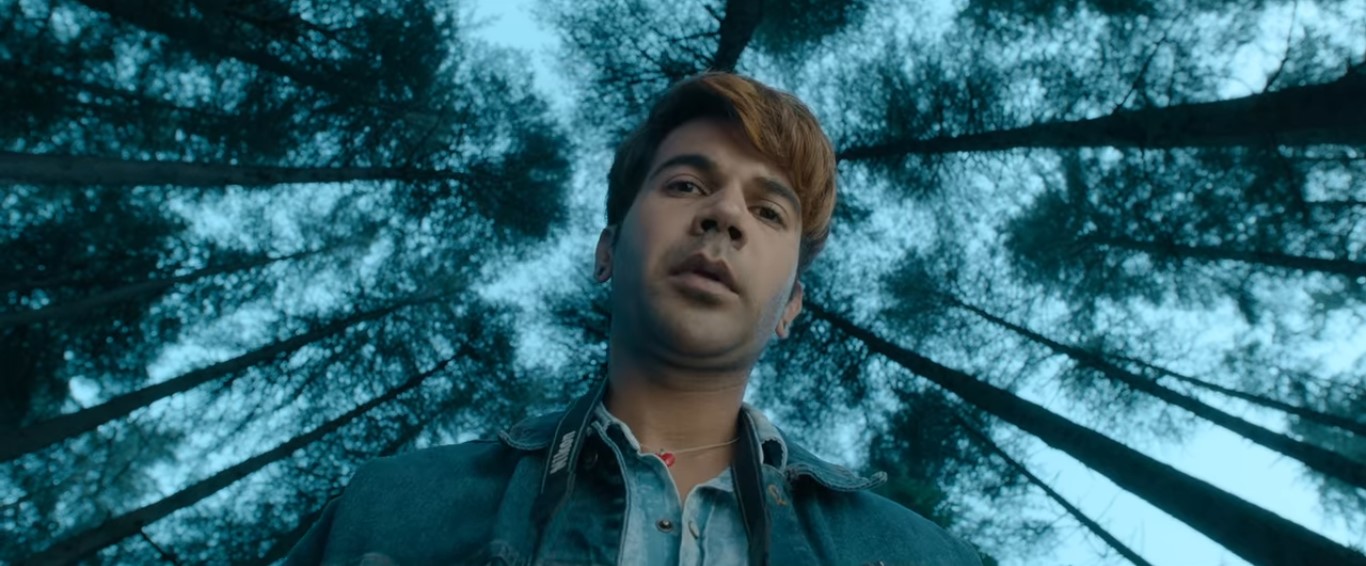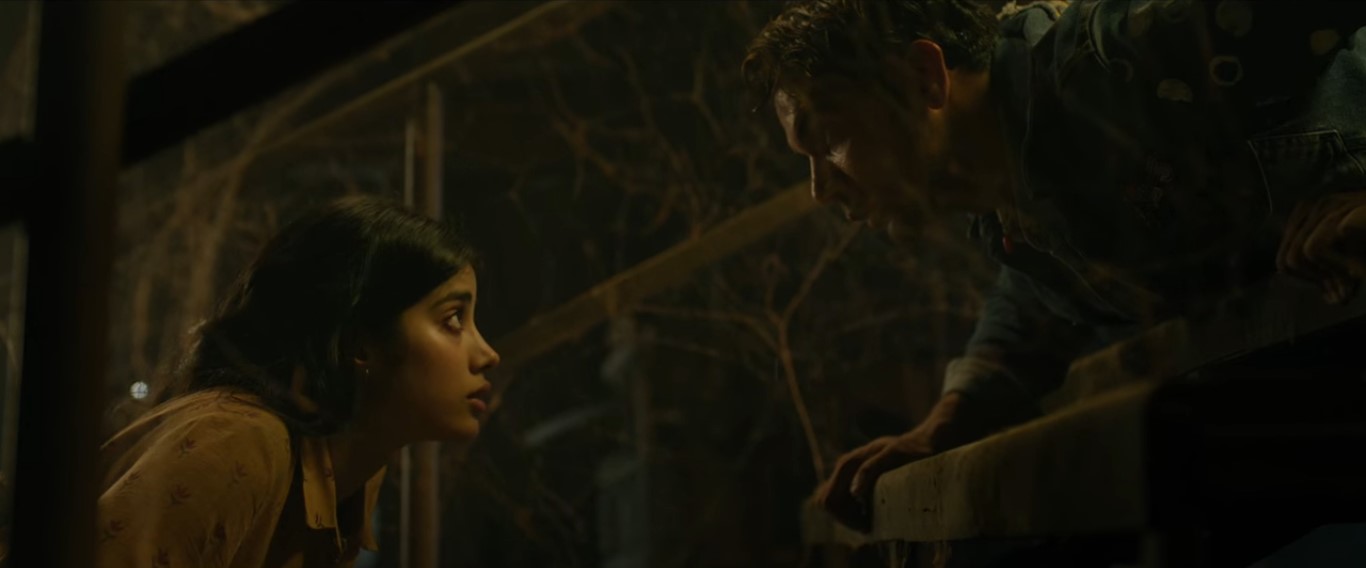It is said that India lives in several centuries simultaneously. Directed by Hardik Mehta, ‘Roohi’ is a Hindi horror-comedy that incorporates a bizarre premise while glossing over an even more bizarre tradition in rural North India, and the result is a funny, often startling journey to the quintessential, climatic marriage (keeping in semblance with many of Bollywood’s romantic comedy films).
However, the marriage does not quite pan out how the audience may have imagined it. The film incorporates many clichés from the genres of horror and romantic comedy but attempts to ridicule and subvert them in the final moment of exposition. However, if you are asking whether the story of ‘Roohi’ is rooted in the socio-cultural reality of the Indian subcontinent, we’ll be obliged to answer. There may be possible spoilers ahead, so proceed with caution.
Is Roohi Based on a True Story?
No, ‘Roohi’ is not based on a true story. Director Hardik Mehta could have been inspired by an array of Indian films, and his own film tackles various issues from marriages to stalking to the supernatural. The bromance of Bhawra and Kattanni is expressively based on the Jay and Veeru duo of the Bollywood classic, ‘Sholay.’ Kattanni’s love for Afza the witch is inspired by western sci-fi flicks like ‘Avatar,’ as he unabashedly admits.

In another instance, the love triangle between Bhawra, Roohi, and Kattanni is compared to another Bollywood blockbuster, ‘Sajan.’ In short, the film is deeply tethered to the realm of cinema in its allusions to popular cultural tropes. The film revolves around two small-town crooks, Bhawra Pandey (Rajkummar Rao) and Kattanni (Varun Sharma), who kidnap women for the matchmaking company Guniya Shakeel & Co. Little do they know that one of the women they kidnap turns out to be a witch.
For some context, we will say that different parts of India indeed live in different temporal realities, and while the medieval practice of bride kidnapping does not really exist in civilized India, there has been the insurgence of a rape culture that negates any notion of female consent. However, bride kidnapping and trafficking are still prevalent in places like China, Pakistan, and Central Asia. You would be astonished to know that, on the contrary, groom kidnapping is a social practice seen in some northern states of India, especially Uttar Pradesh and Bihar, to avoid high demands of dowry.
Coming back to the film, which moves even further from the realm of the real, Bhawra and Kattanni start fostering feelings for the witch and the possessed woman respectively. The whole setup is symbolic in its depiction of the helpless feminine in a cinematic world governed by dominating cisgender heroes. However, in the final moment of the film, in a clever twist, Roohi and Afza marry each other as they decide to stay in the same body. This is where the film deviates from the traditional Bollywood scene of the heroine looking back since our protagonist, Roohi, looks in the mirror to see her own fierce reflection and then drives ahead. So, as you can see, the movie uses a fictional story to really drive home a poignant message.
Read More: Roohi Ending, Explained


You must be logged in to post a comment.